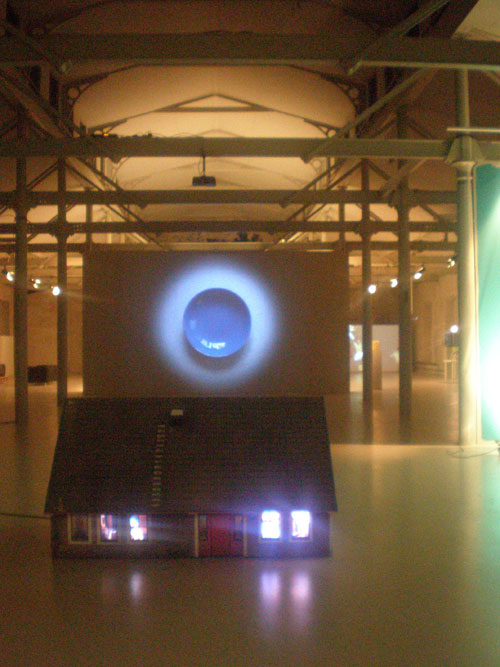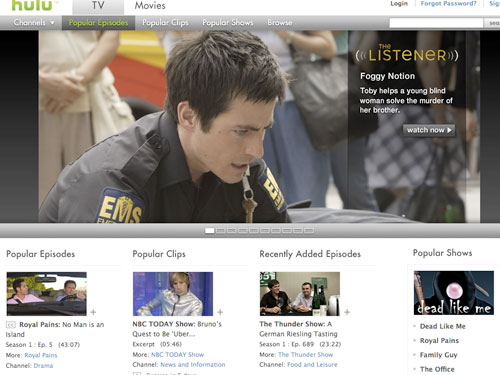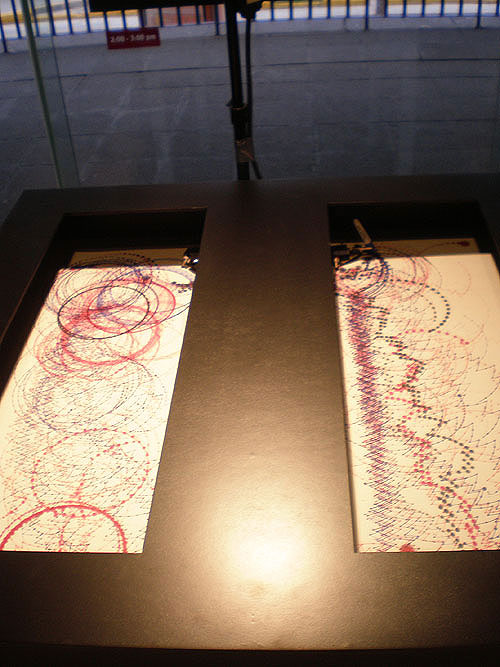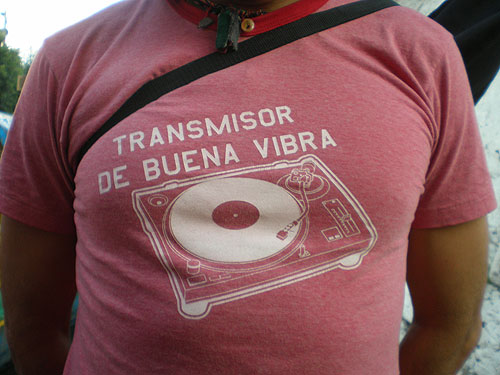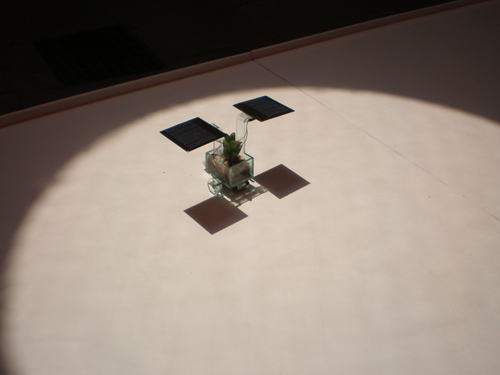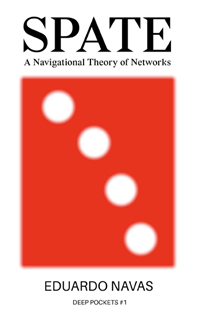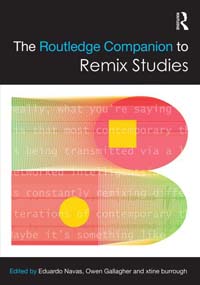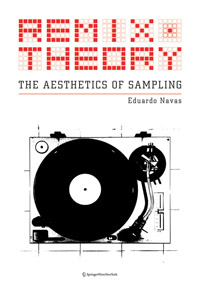A Visit to the Interactive Institute: Notes on Sweden’s Approach to Art and Exhibitions, by Eduardo Navas
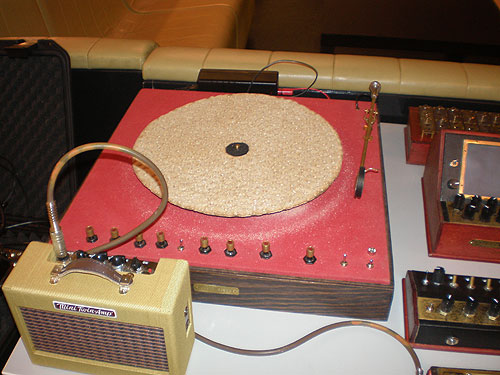
Image: ‘Crisp Bread Turntable’ by Yoshi Akai. Video available below.
As part of my residency at the Swedish Traveling Exhibitions, on October 29 I visited the Interactive Institute, quite a unique research center located in the city of Stockholm. Its model is unlike any other I have encountered. While the institute has close ties to the arts and the tradition of exhibitions as forms of communication and education, it also focuses on the development of projects that crossover to the commercial sector. There are actually a few spin-off companies that were started as research collaborations in the Interactive Institute. But to do justice to their mission, it is best that I quote how they present themselves publicly, from their about page:
The Interactive Institute is a Swedish experimental IT-research institute that combines expertise in art, design and technology to conduct world leading applied research and innovation. We develop new research areas, art concepts, products and services, and provide strategic advice to corporations, the cultural sector and public organisations. Our research results are communicated and exhibited worldwide and brought out to society through commissioned work, license agreements and spin-off companies.
I cite them directly because I find this type of research model to be an increasingly common hybrid: rigorous academic research meets commercial interests. Yet, the Interactive Institute, seems unique because its creative drive appears to be well balanced, given that it is in the middle of a major corporate technology research sector in Stockholm, located in the neighborhood of Kista. One thing that became certain is that their model is directly informed in part by the always changing aesthetics of networked communication. In their case, this tendency is found in the concept of “Interactivity;” such premise is part of their name.

